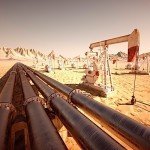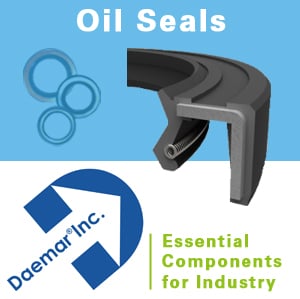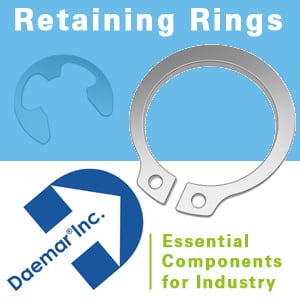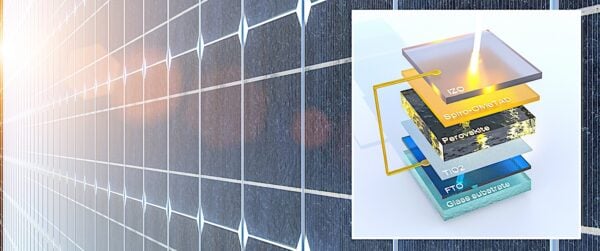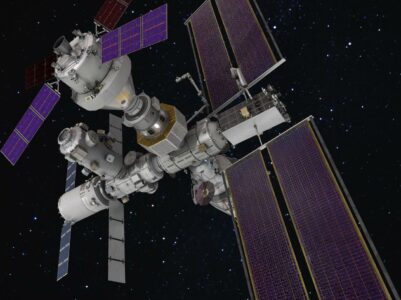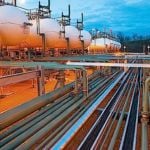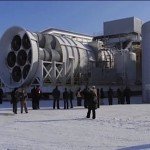With rising inflation on everyone’s minds and the threat of fuel shortages making the outlook for the winter months seem bleak, the European Union is looking for ways to reduce its dependence on Russia and other external suppliers of gas and other fossil fuels.
Of equal importance, they’re trying to break the virtual monopoly on crucial “rare-earth elements” and further reduce dependency on other mineral supplies from China.
China is the world’s largest rare-earth elements producer, and Europe relies heavily on imported supplies from the country. [1]
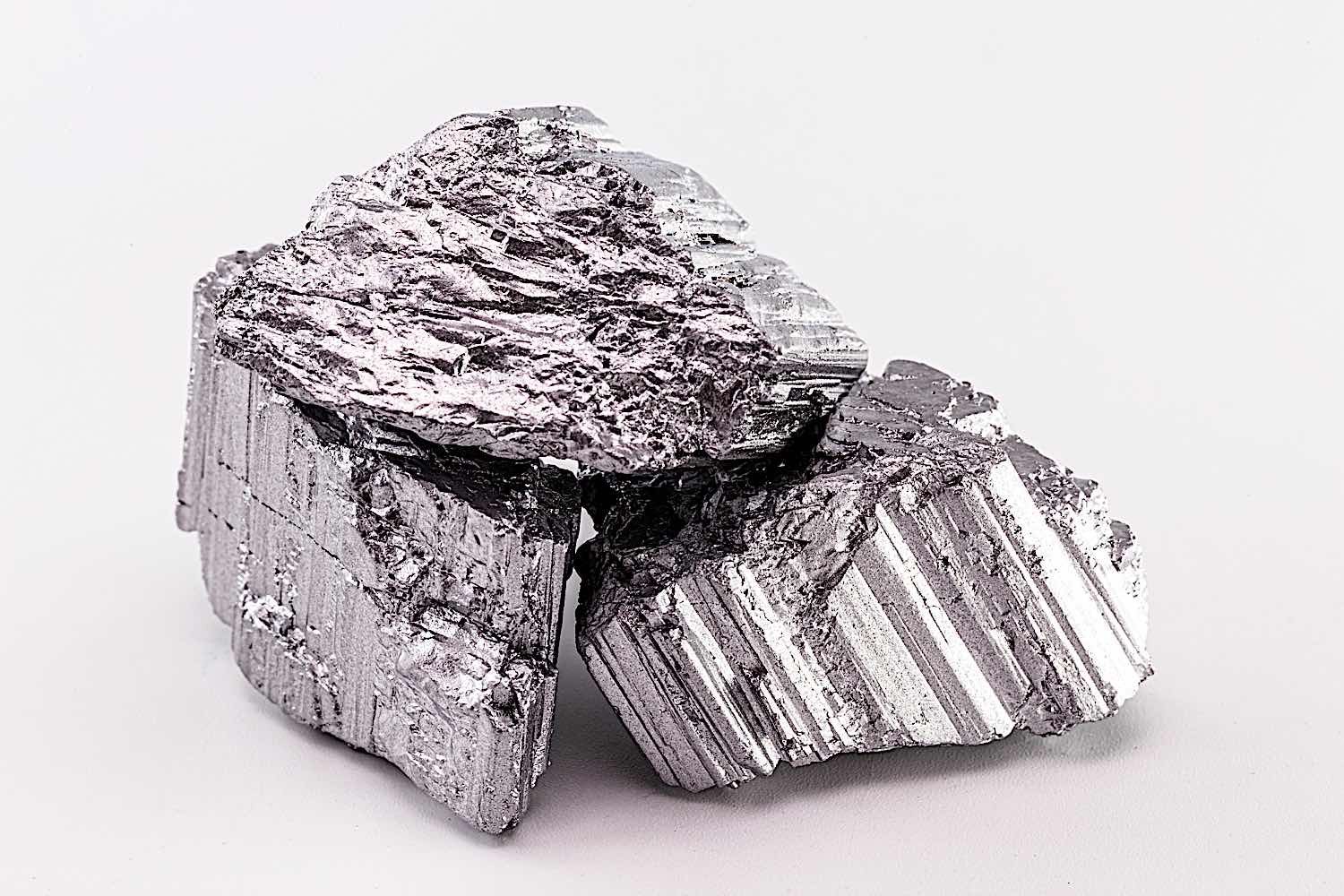
The problem is that while China’s dominance of the rare-earth elements market is growing, so is the global demand for these materials.
The importance of rare-earth elements
The so-called rare-earth elements (REE) are a group of 17 chemical metallic elements in the periodic table, made up of the 15 lanthanides plus scandium and yttrium. [2]
Their name can be misleading, as they’re not actually that rare, at least in terms of their abundance in the Earth’s crust. The issue is that they’re difficult (and very expensive) to extract and refine. This is because they’re often found in very low concentrations and are interspersed with other elements, making them hard to isolate.
Mining for rare earth elements is further complicated by the fact that they’re often found in remote locations with rugged terrain. Extraction of REEs also causes a range of environmental problems. For example, the process of refining rare earth metals generates a lot of toxic waste that can pollute water supplies and damage ecosystems. And the mining of REEs often leads to the release of radioactive materials, which can contaminate soil and water.
All of these factors make REEs some of the most expensive minerals in the world, with prices soaring over the last decade.
Still, despite these challenges, the demand for rare earth elements is only increasing as the world becomes more industrialized.
They’re used in a wide range of hi-tech products, from mobile phones and laptops to solar panels, electric cars, and wind turbines. In fact, it’s estimated that each hybrid or electric car contains about 1-2kg of rare earth metals in the neo magnets alone. [3]
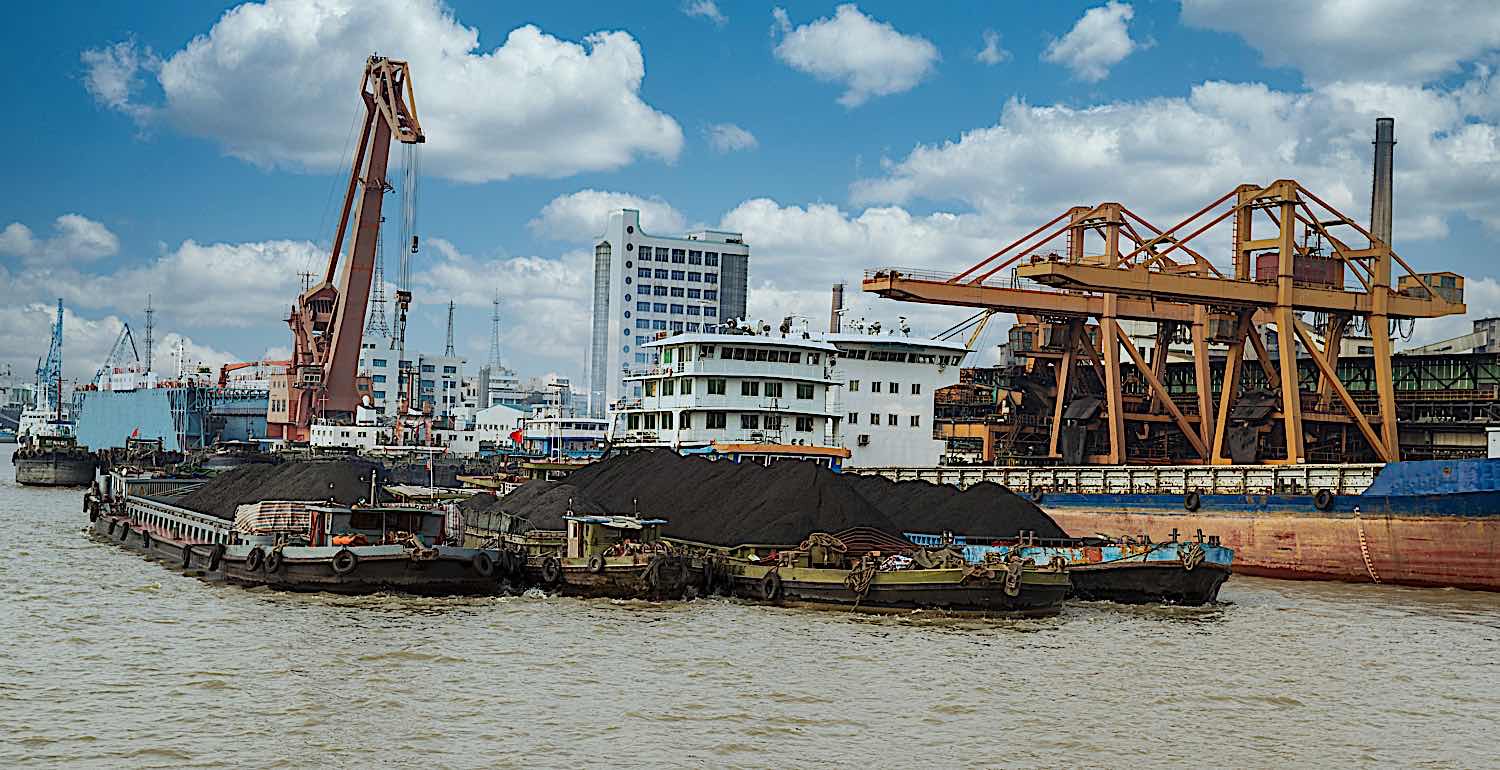
China’s REE supply monopoly
While rare earth elements are found all over the world, China currently dominates the global market, supplying around 80-90 percent of total global demand, with the rest coming mainly from countries like the United States, Australia, Madagascar, and India.
For the EU, the percentage is even higher, with the European Commission stating that China provides 98% of their REE supply.
This is because China has a number of advantages when it comes to REE mining and processing:
the country has a large amount of REE-bearing minerals, which gives it a significant competitive advantage.
China has kept costs low by investing heavily in the infrastructure and technology needed for REE production.
The country has also benefited from relaxed environmental regulations, which have given it a cost advantage regarding the waste and pollution produced by REE mining and processing.
Consequently, China has been able to keep prices low, putting pressure on other producers.
Today, China’s monopoly on the REE market is so strong that the country can effectively set global prices.
This has led to concerns about China using its REE dominance as a weapon in trade disputes. In 2010, for example, China halted exports of rare earth elements to Japan after a diplomatic dispute, causing the price of REEs to skyrocket.
More importantly, any changes in China’s REE production can significantly impact the global market, and no countries are currently prepared for it.
In recent years China has been cutting back on its REE exports due to environmental concerns and a desire to increase its own industrial consumption.
According to Deutsche Well, Chinese authorities have stated in their latest five-year plan that they will cut overseas shipments of REEs to meet the rising domestic demand. [1]
This has led to fears of an REE “supply crisis,” and countries are now scrambling to find alternative sources outside China.
The European Raw Materials Alliance (ERMA)
In response to China’s monopoly on the REE market, the European Union has been working to reduce its dependence on Chinese supplies. As part of this effort, the EU has created the European Raw Materials Alliance (ERMA). [4]
The creation of this alliance was announced in September 2020 as part of a European Action Plan on Critical Raw Materials.
- This Action Plan had the following objectives:
- diversify the sourcing of critical raw materials from third countries
- strengthen plans for domestic sourcing within the EU territories
- reduce the overall dependency on critical raw materials through innovation, recycling, etc.
- develop more resilient value chains to support the EU industries.
These objectives will be achieved through a number of measures, including the creation of the ERMA.
The alliance brings together a whole network of organizations covering the entire value chain of raw materials.
Members include both private and public organizations, such as governments, trade unions, industry associations, companies, research institutes, investors, NGOs, and universities.
The alliance aims to make the EU economically more resilient through a diversification of supply chains and by fostering innovation.
This should, in turn, create jobs and attract investments and young talents to the raw materials value chain.
They will address the challenge of securing their access to sustainable raw materials and industrial know-how while boosting the circular economy worldwide.
The UK Critical Minerals Strategy
It’s not only the EU that is feeling the need to reduce its dependency on China; other countries are also taking action.
- The UK unveiled its Critical Minerals Strategy in July 2022 as a way to secure its own supply chains. [5]
- This strategy aims to target the following areas:
- Accelerate the growth of their domestic capabilities in the minerals sector through innovation, rebuilding their own mining skills, and accelerating the move to a more circular economy.
- Collaborate with international partners to diversify supply and develop their diplomatic and trading capabilities.
- Enhance international markets by boosting global environmental, social, and governance performance (ESG), developing more transparency through improved data and traceability, and championing London as a candidate to become the world’s responsible finance capital for critical minerals.
The circular economy and REEs
Part of the ERMA’s goals for 2030 is to address the circular economy by boosting the recovery and recycling of critical raw materials. This is an important area of concern for many, because REEs are a non-renewable resource and are damaging to the environment to extract. Therefore, finding ways to recycle and reuse these materials is essential.
A circular economy is restorative and regenerative by design and aims to keep products, components, and materials at their highest utility and value at all times. The concept of the circular economy is based on the principle of “closing the loop” of the materials used. In other words, instead of the traditional linear model of “take-make-dispose,” the focus is on keeping materials in use for as long as possible.
This is achieved through a number of methods, such as repair, refurbishment, remanufacturing, and recycling.
The circular economy has many benefits, both environmental and economic. In terms of the environment, it reduces pollution and waste, as well as greenhouse gas emissions. It also conserves resources and protects ecosystems.
From an economic standpoint, it boosts competitiveness, creates jobs, and reduces costs, as long as the cost of recycling is lower than that of virgin materials.
In the case of REEs, where demand seems to be outstripping supply at a rapid pace, the circular economy is an essential concept to explore in order to ensure a sustainable future for these materials and the industries that rely on them.
Alternatives to REEs
As well as recycling and reusing, another way to reduce dependency on REEs is to find alternative materials that can be used in their place or to drive innovation to develop technology that doesn’t rely on them.
This is an area of active research, and several promising alternatives have been found for some applications. For example, in the area of magnets, which are a key component in many devices that use REEs, such as electric vehicles, alternatives such as REE-free magnets or ones that use more commonly available REEs are being developed.
There’s also research into developing electric engines that don’t rely on the use of magnets, such as synchronous reluctance motors.
For batteries, there is active research into finding alternatives to REE-based cathodes for use in electric vehicles. There are even prototypes of battery-free electronics, which could be a game-changer for many consumer electronics.
While there are some promising alternatives, it’s important to note that for many applications, there are no suitable substitutes for REEs at the moment, so investment in innovation and research is vital.
Focusing on the circular economy and finding REE alternatives is vital for ensuring a sustainable future for these materials and the industries that rely on them. However, neither of these will make a significant dent in the global demand for REEs in the short term.
This is why it’s also essential to continue to explore ways to increase supply through responsible mining to reduce the environmental impact of extraction and production.
Sources
[1]: https://oilprice.com/Alternative-Energy/Renewable-Energy/Europe-Looks-To-Reduce-Dependence-On-Chinas-Critical-Minerals.html
[2]: https://www.americangeosciences.org/critical-issues/faq/what-are-rare-earth-elements-and-why-are-they-important
[3]: https://www.edisongroup.com/edison-explains/electric-vehicles-and-rare-earths/23277/
[4]: https://erma.eu/
[5]: https://www.gov.uk/government/publications/uk-critical-mineral-strategy/resilience-for-the-future-the-uks-critical-minerals-strategy


